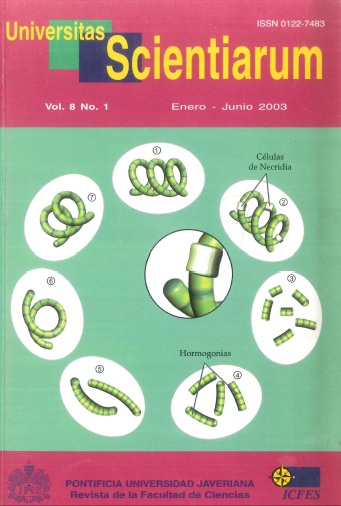Abstract
Spirulina is a photosynthetic, filamentous, helical-shaped, multicellular and green-blue microalga. The two most important species of which are Spirulina maxima and Spirulina platensis. For these microorganisms cell division occurs by binary fission. Since this material contains chlorophyll a, like higher plants, botanists classify it as a microalgae belonging to Cyanophyceae class; but according to bacteriologists it is a bacteria dueto its prokaryotic structure. Before Columbus, Mexicans (Aztecs) exploited this microorganism as human food; presently, Africantribes (Kanembu) use it for the same purpose. Its chemical composition includes proteins (55%-70% ), carbohydrates (15%-25%), essential fatty acids (18%), vitamins, minerals and pigments like carotenes, chlorophyll a and phycocyanin. The last one is used in food and cosmetic industries. Spirulina is considered as an excellent food, lacking toxicity and having corrective properties against viral attacks, anemia, tumor growth and malnutrition. It has been reported in literature that the use of these microalgae as animal food supplement implies enhancement of the yellow coloration of skin and eggs yolk in poultry and flamingos, growth acceleration, sexual maturation and increase of fertility in cattle.Univ. Sci. is registered under a Creative Commons Attribution 4.0 International Public License. Thus, this work may be reproduced, distributed, and publicly shared in digital format, as long as the names of the authors and Pontificia Universidad Javeriana are acknowledged. Others are allowed to quote, adapt, transform, auto-archive, republish, and create based on this material, for any purpose (even commercial ones), provided the authorship is duly acknowledged, a link to the original work is provided, and it is specified if changes have been made. Pontificia Universidad Javeriana does not hold the rights of published works and the authors are solely responsible for the contents of their works; they keep the moral, intellectual, privacy, and publicity rights. Approving the intervention of the work (review, copy-editing, translation, layout) and the following outreach, are granted through an use license and not through an assignment of rights. This means the journal and Pontificia Universidad Javeriana cannot be held responsible for any ethical malpractice by the authors. As a consequence of the protection granted by the use license, the journal is not required to publish recantations or modify information already published, unless the errata stems from the editorial management process. Publishing contents in this journal does not generate royalties for contributors.



